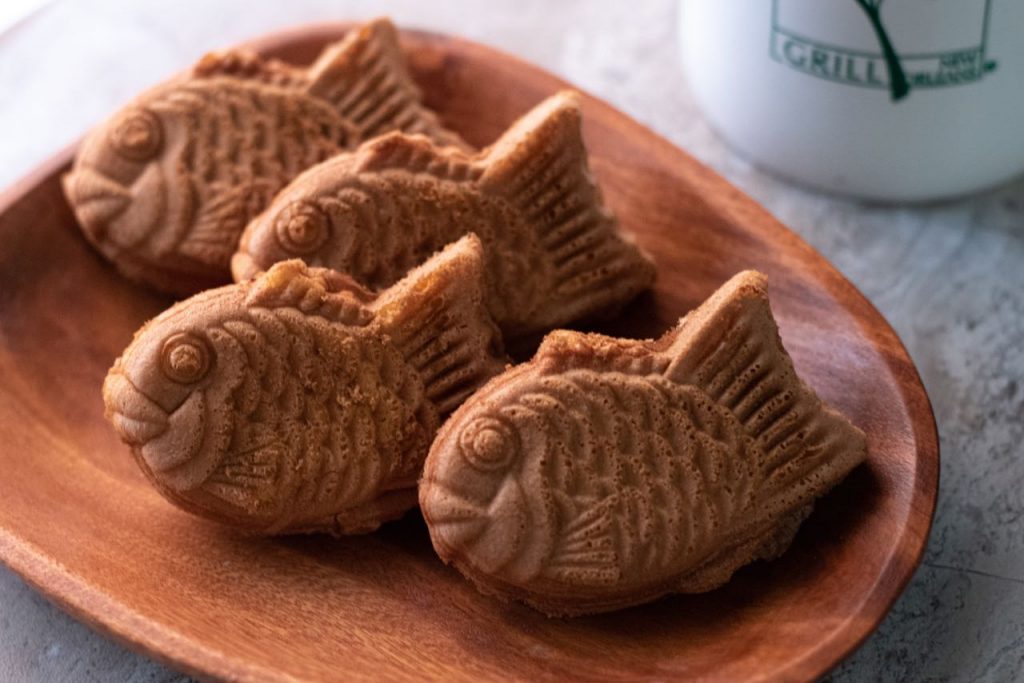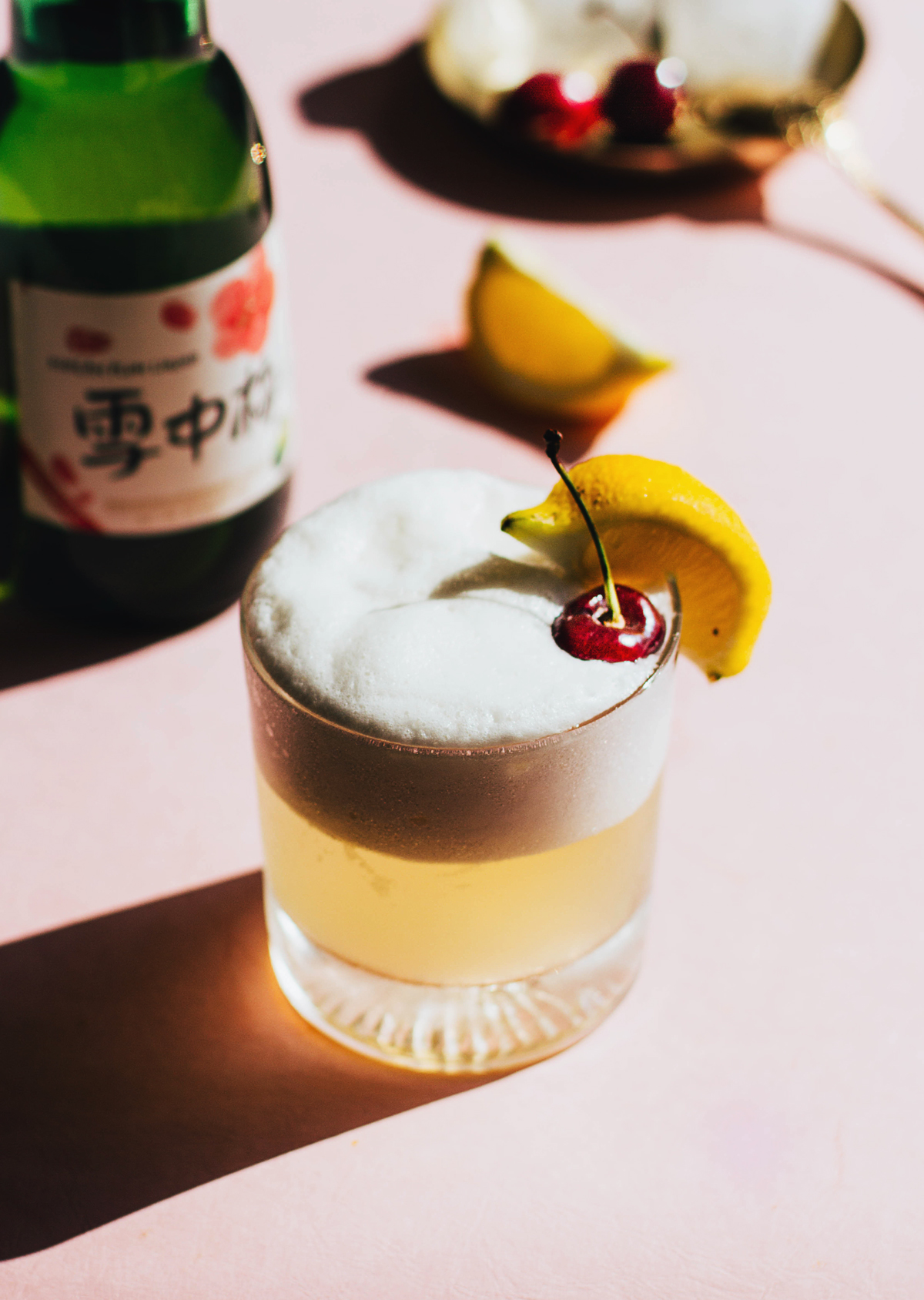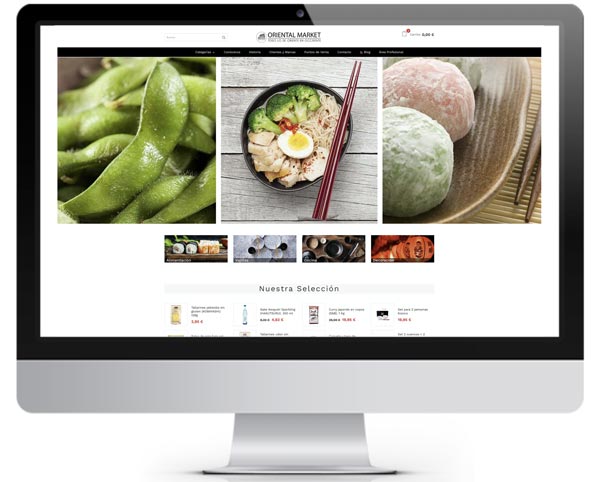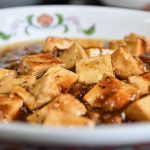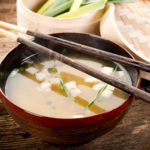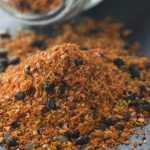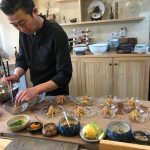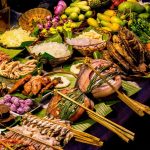It has been a long time since the cuisine of the East made its way to the West. Since then, we have not stopped adopting typical dishes from Asian cuisine: pad thai, noodles, dim sums, pokes… the list goes on. However, relatively recently, a new dish has arrived from Japan that has revolutionised the world of desserts. Do you want to know what it is? Well, we’re talking about taiyaki, a traditional Japanese sweet in the shape of a fish that has more than a century of history.
What is taiyaki?
Taiyaki is a Japanese fish-shaped cake traditionally filled with red azuki bean paste, although nowadays you can find an infinite number of different fillings. It has a similar texture to a waffle and is also prepared in a similar way, cooking the dough in metal moulds that close on themselves and, when opened, give rise to this small Japanese delicacy.
But the big question is… Among so many ways to choose, why a fish? Well, you should know that this Japanese cake was not originally shaped like a fish, but the original mould was round. However, the change of mould was due to the fact that in Japan the tai, a type of sea bream, was an emblematic fish that was only eaten on special occasions. It was considered the king of fish, especially during the Edo period (1603-1867), when it was often presented to the shogun or feudal lord as a gift. In order to allow more people to eat sea bream, the shape of the mould was changed to that of sea bream, so that a larger section of the population could enjoy it, even if only in this version. Now you can understand where the word taiyaki comes from: tai means “sea bream” and yaki means “baked/baked”.
Origin
To know the history of taiyaki, we need to go back about 100 years to a neighbourhood in Tokyo. Seijiro Kanbei, originally from Osaka, moved to Tokyo to try his luck in business with a stall selling “Imagawayaki”, popular sweets at the time. However, when he saw that his stall was not doing as well as he had hoped, he began to think about turning things around. How? Kanbei came up with the idea of giving his imagawayaki a different shape, namely the shape of the little fish “Tai”.
Today, Seijiro Kanbei’s original shop, “Naniwaya Sohonten”, still exists. If you have a real sweet tooth and go to Japan, this shop is a must.
List of varieties
It makes sense that after more than a century, the recipe for taiyaki has been innovated. Although the original filling was sweet bean paste, you can now find taiyaki filled with ice cream, fruit, creams, matcha or jams. Here are the most common options you will find at the fish stalls:
- Traditional anko-filled taiyaki. Initially, these sweets were not filled, but over time they began to be filled with sweet azuki paste known as anko. This paste is well known for being the filling par excellence of another classic Japanese sweet, dorayaki, Doraemon’s favourite pastry.
- Taiyaki with flavoured dough. As with the filling, it is also possible to experiment with the dough. The simplest and most common way is to add chocolate to the dough, thus adding a special touch either by eating it on its own or by filling it with another ingredient.
- Salted Taiyaki. If you fancy trying taiyaki but are not a big fan of sweet things, there are also options for you. Sobrasada, frankfurter, ham, cheese… these are just some of the savoury fillings you can use to accompany your taiyaki. What’s more, the sweetness of the dough combined with the savoury toppings inside will create a contrast and a fusion of flavours that you’ll love.
- Taiyaki filled with ice cream. After several years of being eaten in the traditional way, New York came up with the novel concept of eating it with ice cream, a format that soon became popular internationally. In addition, it is usually possible to add toppings to the ice cream, which makes them even more irresistible and photogenic to post on social networks.

